What is our respiratory system?
In general, the respiratory system is a biological system that contains organs and structures that assist in gas exchange. Gas exchange involves the movement of carbon dioxide and oxygen between our circulating blood and air. Did you know that on average, a resting adult respires 12 to 20 breaths per minute? (Cleveland Clinic) While you read this paragraph, another person at rest has taken in 12-20 breaths. How cool is that!
Every breath is precious, and we have our lungs and respiratory system to thank for that.
Based on the human anatomy and physiology, our respiratory system has several main functions.
What are seven functions of the respiratory system?
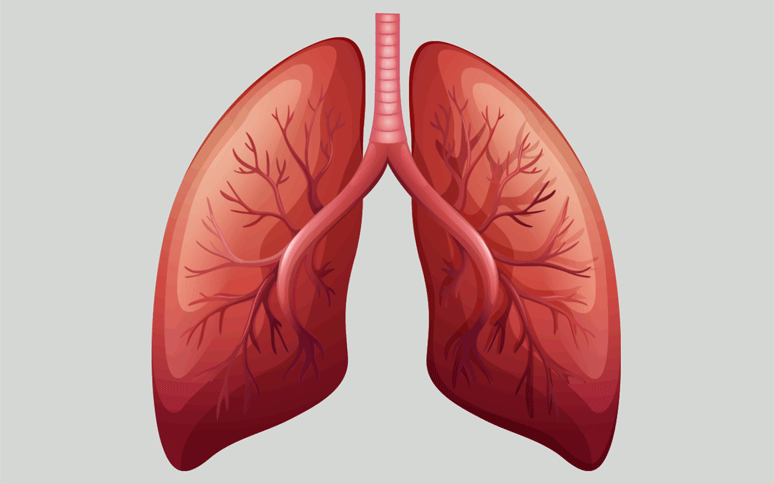
1) Move Air:
The respiratory system is responsible for moving air to and from exchange surfaces of lungs. Three main gases in air include nitrogen, oxygen, and carbon dioxide. Nitrogen (N2) composes 78% of air, while oxygen (O2) and (CO2) compose 21% and less than 1% of air, respectively. The gasses that our lungs exchange are oxygen and carbon dioxide.
If nitrogen is so abundant in the air, why don’t we breathe nitrogen instead of oxygen and carbon dioxide? Excellent question. Based on Henry’s Law, when gases come in contact with a liquid, the gas would dissolve into the liquid in proportion to its partial pressure. While this is true, the amount of gas that will dissolve into the liquid also depends upon the solubility of the gas. Thus, Henry’s Law states that the concentration of gas that dissolves in a liquid is directly proportional to both the partial pressure and solubility of the gas. Nitrogen is insoluble in plasma, lungs, and tissues. In fact, out of all three of the main gasses, carbon dioxide is the most soluble and is 20 times more soluble in plasma than oxygen!

2) Produce Sounds:
Yes, you may be surprised, but our respiratory system assists in the production of sounds. The vocal cords in our larynx assist with the production of sounds. Pitch can be changed accordingly based on the thickness or length of the true vocal cords.

Thick and shorter vocal cords produce low baritone notes. Thin, slender, and longer vocal cords produce high-pitched notes.
The loudness of our voices comes not from our vocal cords, but rather from the amount of force of air that we breathe in or let out.
3) Gas Exchange:
The respiratory system provides extensive surface area for gas exchange to occur between our circulating blood and air. Gas exchange specifically occurs in the alveoli, air sacs of our lungs. Many blood vessels surround each air sac, exchanging carbon dioxide from deoxygenated blood for oxygen from the air.
4) Protect:
The outside environment can contain many unwanted particles, such as pollen, dust, viruses, and bacteria. Our respiratory system ensures to protect respiratory surfaces from these outsiders. Examples include cilia from our mucociliary escalator, mucus, and dust cells or macrophages.

The mucociliary escalator sounds like what it is. The cilia in our bronchi beat rapidly to propagate mucus-trapped debris or particles up from our lungs and into the pharynx. The mucus is either spit out from the mouth or swallowed into the esophagus to the stomach, where the trapped bacteria, dust, or viruses are dissolved and broken down by the stomach’s strong acid. Dust cells are also known as the macrophages of the lungs. These fellows swallow foreign objects or invaders non-specifically through phagocytosis.
5) Acid-Base Balance:
Our pH is regulated by our respiratory system as well, that exchanges carbon dioxide and oxygen from our lungs and blood with the air.

6) Olfactory:
Thanks to our nose and nasal canal from our respiratory system, we can participate in olfactory senses.
7) Regulating Blood Volume and Blood Pressure:
When our blood volume and blood pressure are low, our lungs contain an enzyme called ACE that converts angiotensin I to angiotensin II on the surface or the pulmonary endothelium. Angiotensin II is the peptide hormone that stimulates other organs and systems to help increase blood volume and blood pressure.
Check out our other Related respiratory system lessons!
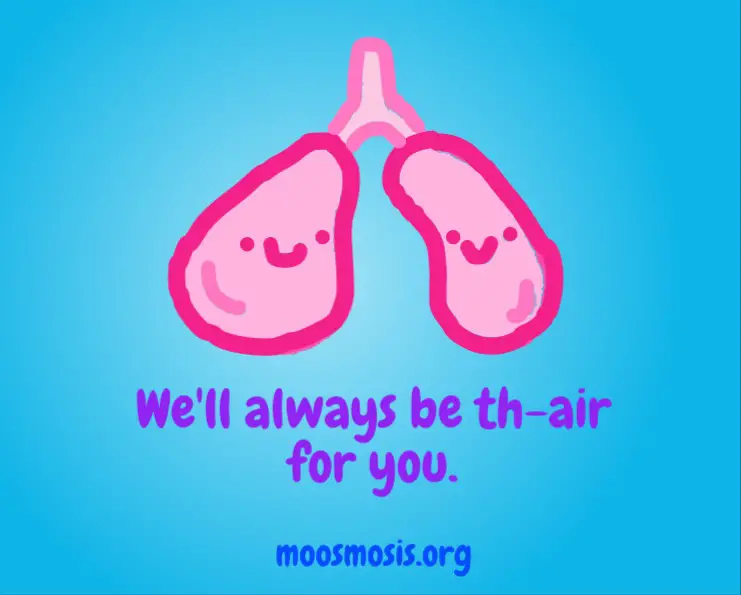
Works Cited
- Cleveland Clinic: Vital Pulmonary Signs https://my.clevelandclinic.org/health/articles/10881-vital-signs
- Physiology on Blood Pressure: http://www.cvphysiology.com/Blood%20Pressure/BP015
- Lumen Boundless: Respiratory System with Henry’s Law https://courses.lumenlearning.com/boundless-ap/chapter/gas-laws/
- HealthLine Acid Base Balance: https://www.healthline.com/health/acid-base-balance#respiratory-acidosis
- Elaine Marieb and Katja Hoen. Anatomy & Physiology, 6th Edition. Pearson Education.
Copyright 2018 Moosmosis: All Rights Reserved
Please Like our Facebook page to support our open-access youth education initiatives! 🙂






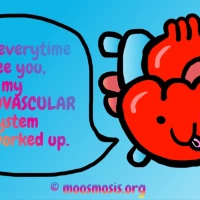
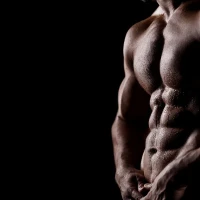
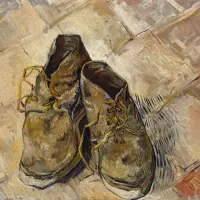
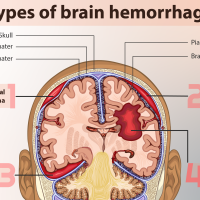
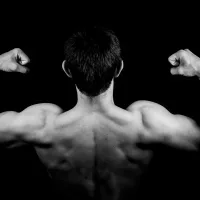
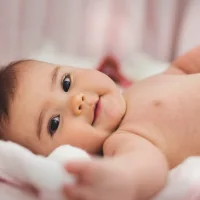

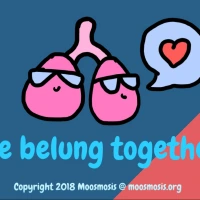

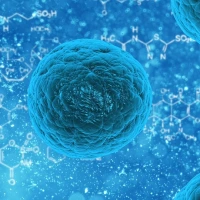

113 replies »